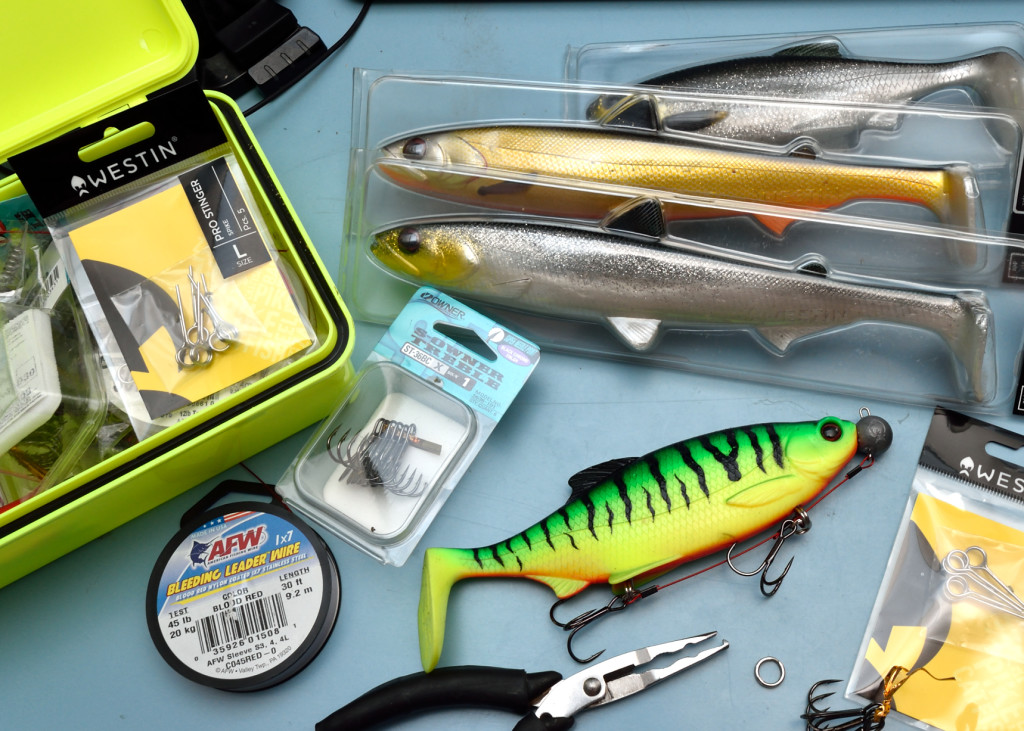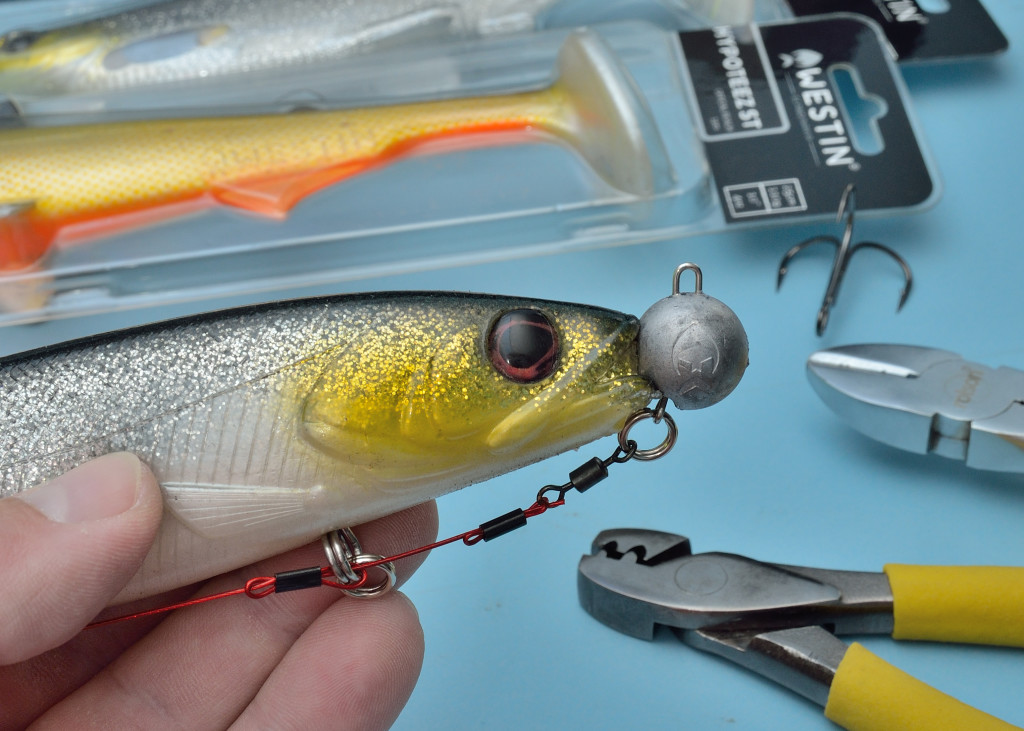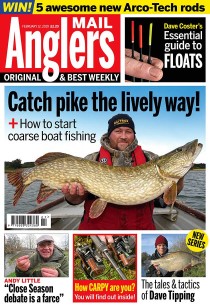Rigging Lures
The end of April / beginning of May is a time that Pike – that have just recovered from the rigors of spawning – do the majority of their feeding for the year. Obviously this means they are hungry and active – which means lures! During the quite time after March, I have just been sorting out some new WESTIN lures and rigging them for a couple of trips I have coming up.
At this time of year they usually want something big cast at them and there are reasons for this. May sees the bait fish like roach and bream go to shallow weedy areas to spawn, and it is often said that pike herd them into these areas which is a bit of a misnomer, the bait fish go first and then pike simply follow them for an easy meal picking off the weak and wobbly ones bashed about after spawning.
As most of these fish that congregate are mature fish, they are also relatively large bait items for the pike. Hence I like to use big lures 8 inch plus at this time of year so I have been rigging up some in preparation. The ones I really favor for this time of year are the larger Ricky Roach patterns (18cm) and the ShadTeeze in 27cm. I like these for shallow to medium depth waters (up to 25 feet) rigged with up to 20g jig heads. For deeper waters I prefer the big Hypoteeze in 25cm, these have a slimline body profile and with a heavy jig head (I usually use 35g) you can easily fish them along the bottom in 30ft of water as there isn’t so much “lift”.
With all these bigger lures it is important to rig them correctly, for best results I find fixing the trebles to the underside is the best way to do it, as not only does this helps with the swimming action, is it probably the best position for hook-ups anyway. The downside is that you will pick up more weed and bits from the bottom when rigged like this, though at this time of year the pike are more than willing to move up in the water to hit a lure so its not that much of an issue.
One tip I would give is to always rig your hooks to the bottom eye of the jig head with a split ring and a swivel. The split ring means you can easily change the hooks or jig head weight without a complete re-rigging of the lure. The swivel is important, when the hooks detach during the fight it prevents the wire twisting and weakening when the fish rolls or shakes its head.






